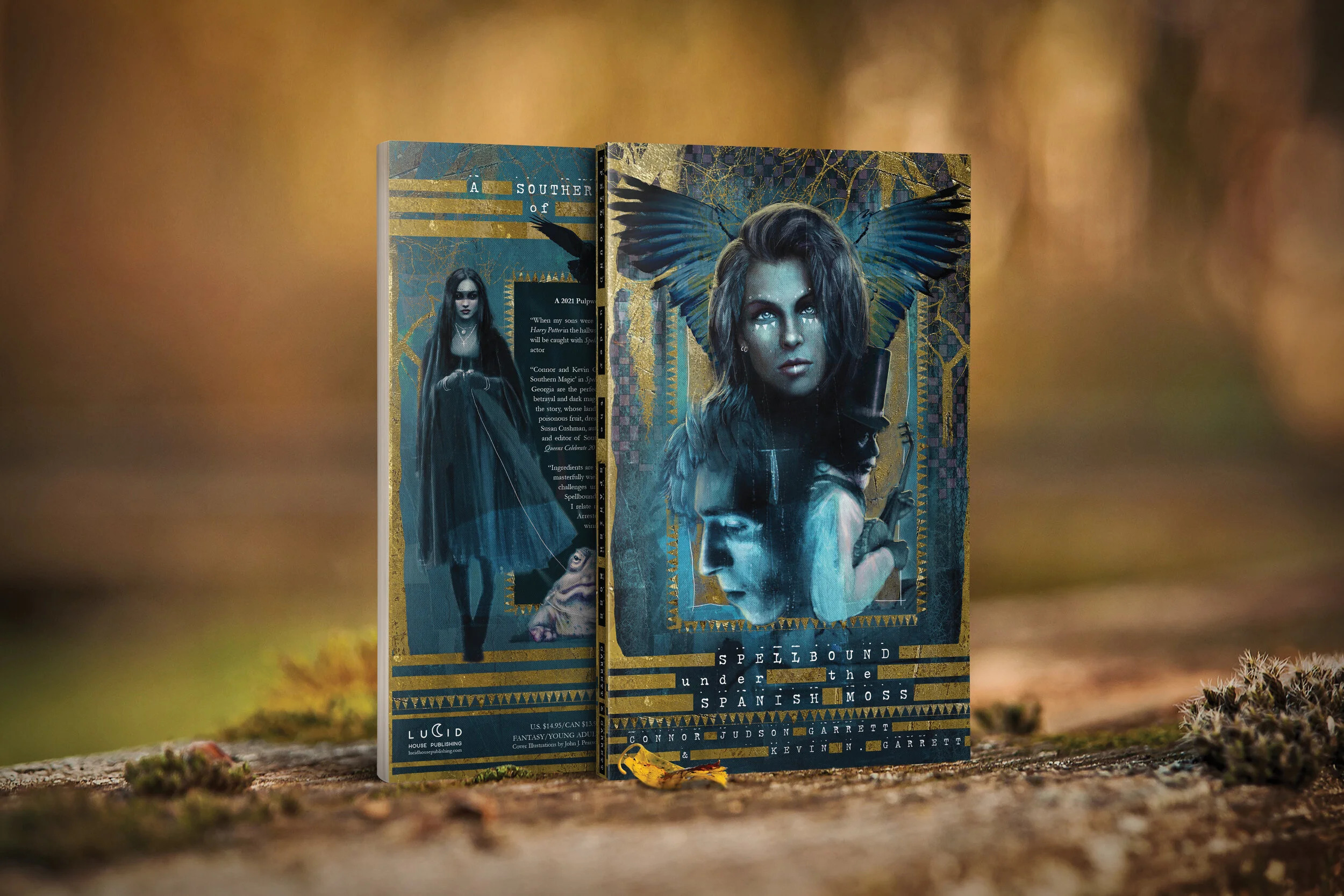Curation: Stealing (Ethically) to Be A Better Creator
"Good artists copy, great artists steal." — Pablo Picasso (quote possibly stolen from T.S. Eliot)
In an era where information is abundant and the collective knowledge of humanity is just a click away, the ability to create something truly original might seem like an insurmountable challenge. Yet, the essence of creativity, particularly in today’s digital age, isn't necessarily about conjuring ideas from the void but how one curates and combines existing elements into something novel and impactful. This nuanced understanding of creativity—as an act of curation—is arguably the most vital skill for creators, entrepreneurs, and businesspersons.
Take, for instance, the monumental success of George R.R. Martin’s fantasy epic "Game of Thrones." The series is an ingenious tapestry woven from the threads of historical events, masterfully disguised as fantasy. "Game of Thrones" draws significant inspiration from the War of the Roses for its central conflict between the Stark and Lannister families, much like the historical feud between the houses of Lancaster and York.
Elements like the Wall and the fall of Valyria echo real historical structures and events, such as Hadrian's Wall and the decline of the Roman Empire. At the same time, the cultures and conflicts of the Dothraki and Ironborn are reminiscent of the Mongol hordes and Viking raids, respectively. Martin's genius is not inventing from scratch but in curating history into a narrative that felt familiar and breathtakingly new.
"There is no such thing as a new idea. It is impossible. We simply take a lot of old ideas and put them into a sort of mental kaleidoscope. We give them a turn and they make new and curious combinations." — Mark Twain
This act of curation, selecting and assembling the pieces in an original framework, underscores a profound aspect of creativity often overlooked: taste-making. The skill of curation, or taste-making, is the ability to discern which pieces, when brought together, can create something greater than the sum of its parts. It's about seeing the potential connections between disparate elements that others might miss. Legendary music producer Rick Rubin exemplifies this skill, having the uncanny ability to blend genres, sounds, and artists into hit records that defy traditional categorization. Rubin’s work is a testament to how curating with a discerning eye (or ear) can lead to groundbreaking innovations in any field.
This approach to creativity is increasingly significant in the information age, where tools and technologies augment the manual elements of creativity. With AI, machine learning, and vast digital archives at our fingertips, the difficulty is no longer finding information or raw material. The challenge is in how one can uniquely combine these resources. The real value lies in the originality of assembly, in creating connections that resonate on a human level despite their digital inception.
"The creative act does not create something out of nothing; it uncovers, selects, reshuffles, combines, synthesizes already existing facts, ideas, faculties, skills." — Arthur Koestler
Consider entrepreneurship, where innovation is often hailed as the pinnacle of success. Here, the most successful ventures often stem from a founder's ability to curate existing ideas, technologies, and market needs into a service or product that offers a new way to solve old problems. Airbnb didn’t invent hospitality or online marketplaces. However, curating these concepts in a novel configuration revolutionized how people travel and experience new places.
The skill of curation extends beyond the creative industries; it is increasingly vital in all aspects of business and product development. In marketing, for example, the most compelling campaigns curate a brand’s message across various platforms and mediums, crafting a cohesive narrative that engages consumers. In product design, innovation often comes from curating user feedback, technological capabilities, and design aesthetics into a product that meets unarticulated needs.
"Creativity is just connecting things. When you ask creative people how they did something, they feel a little guilty because they didn't really do it, they just saw something. It seemed obvious to them after a while." — Steve Jobs
Developing this skill of curation requires an insatiable curiosity, an openness to explore beyond one's field, and a keen sense of empathy to understand what will resonate with others. It demands a willingness to experiment, to combine the unlikely, and to see the world not just as it is but as it could be. The true art of creativity is not in the ability to create ex nihilo. True creativity is seeing the new possibilities waiting to be discovered within the mosaic of the existing.
As we move further into the 21st century, the creators who will leave the most significant mark will be those who master the art of curation. They will be the ones who can sift through the noise of information overload and pluck out the pieces that, when combined, create something original, meaningful, and impactful. They will be the tastemakers who understand that the potential for infinite creativity lies in the abundance of elements, as long as one knows how to look, select, and assemble.




